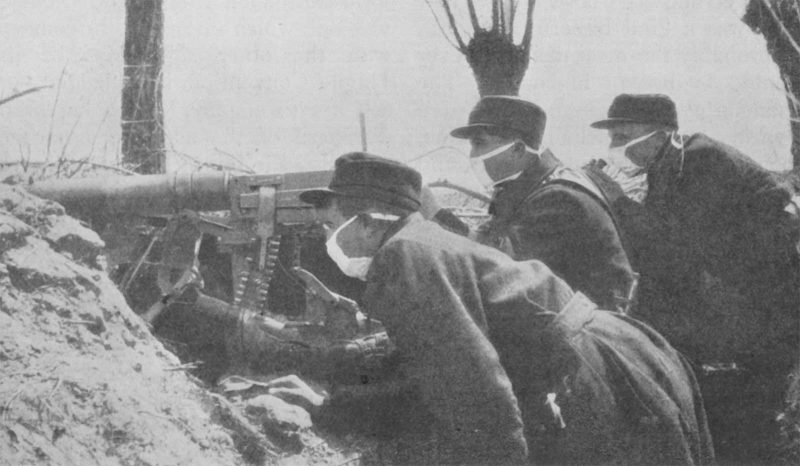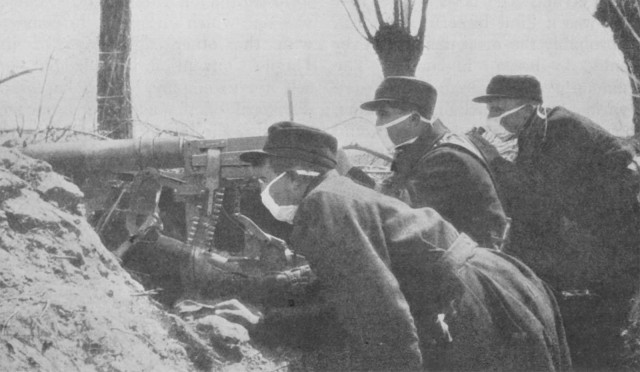The last words from one of the first victims of a gas attack during the First World War were ‘I am falling myself’. Commander Georges Lamour of the French 73rd Infantry had absolutely no time to react; he was not trained for this sort of warfare. A yellow-green cloud engulfed his men; it was an enemy he could not fight with his guns.
It was the late afternoon of 22nd April 1915 when the first-ever gas attack took place, killing scores of soldiers in a matter of minutes. This was the birth of ‘chemical warfare’, the most feared kind of weapon after atomic bombs. Germany had attacked the French soldiers in their trenches with deadly ‘chlorine gas’. All Germans needed was a favourable wind direction; the rest was very simple, as the chlorine gas seeped through trenches causing death and destruction.
Commander Lamour’s troops were absolutely shocked and crippled by the instant effect of chlorine gas, which in a matter of seconds struck them blind and sucked the oxygen out of their lungs. Soldiers panicked and came out of their trenches, running in all directions, gasping for oxygen. In just five minutes more than 1200 soldiers were killed, including Commander Georges Lamour, the CBS News reports.
Today, the serenity and peace of the fields that saw the first-ever chemical attack in a war, are hiding all that history under their soil. The ‘Organisation for the Prohibition of Chemical Weapons’ is holding a commemorative meeting close to the fields where first gas attack took place. The organisation that won 2013 Noble Peace Prize is currently monitoring the reports coming out of Syria, claiming that both sides are using chlorine gas in a bid to win the civil war.
After witnessing the horrors of the chlorine gas on French soldiers, some German commanders got really worried and did not celebrate too much. They were absolutely right in their concerns. They had given the idea of chemical warfare to their enemies and the Allies went to work promptly. A few months later, Britain attacked the Germans using poison gas. From there on, it was the battle between chemical experts from both sides. By the end of the war, Germany had used 68,000 tons of chlorine gas, whereas the Allies had won the ‘race’ by using 82,000 tons of the deadly gas. Historians agree that more than a million men were exposed to poisonous gases during the war, out of which 90,000 soldiers died from that exposure.

